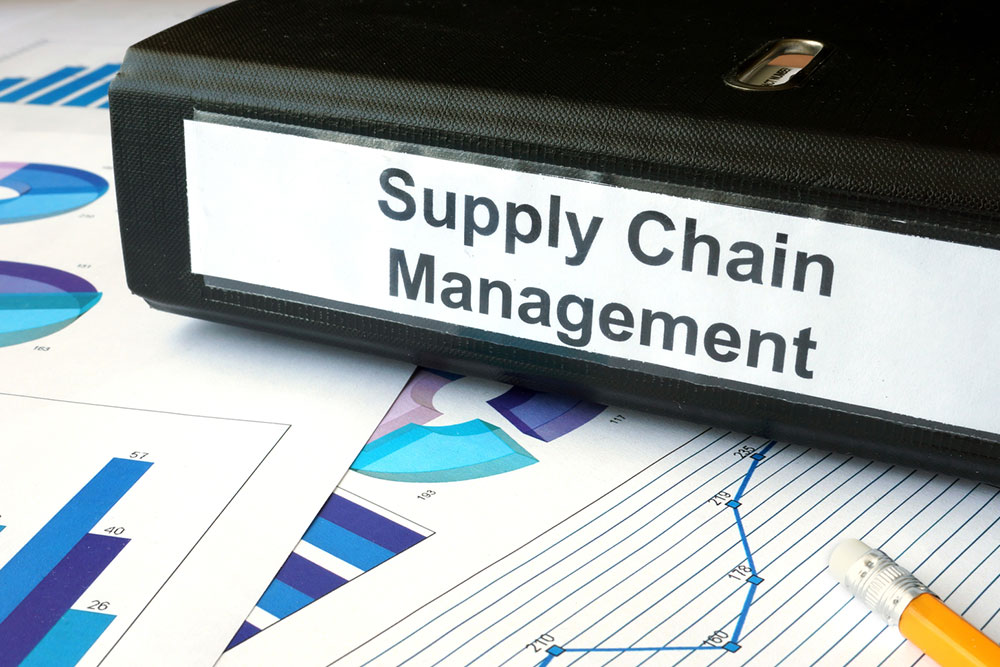Supply Chain Planning and Management Software – Types and Tips to Buy
Over the last few years, the importance of supply chains and their management has come to the forefront. From running online businesses and making home deliveries efficiently to ensuring that stores and markets remain stocked, a lot goes into supply chain management. This also includes handling all the stakeholders, such as suppliers, manufacturers, and wholesalers. To make these processes easier, most companies have made the shift to supply chain planning and management software.

About supply chain management software
There is a lot that goes into managing the supply chain, such as production, procurement, conversion, and the final distribution of goods and services. Supply chain managers are responsible for overseeing this entire process by coordinating between vendors, integrating processes and platforms, and working to optimize these processes. Since all this can become too much to handle, larger companies have found a way to make it more efficient by introducing supply chain management software.
This software could be a program, a platform, or a set of tools used to manage all aspects of the supply chain from start to finish. The software comes in various forms and packages to suit the unique needs of each company. For instance, manufacturers and e-commerce companies may be more interested in investing in demand planning software to prepare their inventory based on customer demand. On the other hand, a logistics company with several warehouses may be more inclined toward inventory management software.
There are a few common types of supply chain management software that companies can check out.
Inventory management software (IMS)
The software optimizes the inventory process by handling tasks such as real-time inventory tracking, automated ordering, and demand forecasting. Examples of IMS include SAP, Sage, Cin7, Fishbowl, and Salesforce. IMS is a great way for businesses to keep track of incoming and outgoing goods and avoid under or overstocking and bottlenecks in the supply chain.
Warehouse management software
The places that store inventory also need to be managed carefully. This task is made more efficient by employing warehouse management software that keeps track of the quantities, location, and movement of goods inside the warehouse. This technology makes it easier to standardize storing, shipping, picking, packing, and handling returns. The software may come with additional features such as labor management tools, resource allocation, and report generation. Popular warehouse management software includes Oracle NetSuite, ShipHero, and SAP Extended Warehouse Management System.
Transportation management software
One of the most important aspects of handling and running a business is the transportation of goods and services. Transportation management software like Blue Yonder, Descartes TMS, and Alvys can handle these logistics, as it helps one find the right carrier for the job based on factors such as cost, transit times, reliability, and capacity.
Supplier relationship management software
Maintaining communication between various suppliers and the company is crucial. To optimize this process, many companies rely on supplier relationship management software, such as QAD, Ivalua, and AdaptOne. These handle tasks like consolidating supplier data, recording contract terms and conditions, automating purchase orders, and evaluating supplier performance.
Demand planning software
As a business, one must understand the trends in demand and sales. This can be done by deploying demand planning software (Avercast, o9 Solutions, or IBM Planning Analytics, for instance), which uses algorithms to recognize past buying patterns, sales data, and team input to improve inventory management and sales.
ERP software
For those looking to get the benefits of various software, one must consider Enterprise Resource Planning (ERP) software like SAP Supply Chain. It integrates inventory management, customer relationship management, financial planning, human resource management, and more under one umbrella, providing a comprehensive and efficient way to handle all business processes and stakeholders.
Choosing the right software
With so many options available, it can be difficult to choose the best supply chain planning and management software for one’s organization. To simplify this process, a list of factors must be considered.
- Scalability
Every business has one true goal: to expand and grow. The software they choose needs to be compatible with this goal, changing and evolving as the business reaches new heights. - Integration capabilities
Companies need to work with a tech stack that integrates seamlessly to create an efficient work management system. Checking the software’s integration capabilities is always integral to finding the best fit. - Functionality
There are several types of supply chain management software. Before purchasing any new software, one must carefully consider its features and check to see if they meet all (or most) of one’s current and future needs. - Ease of use
Any new software introduced to the company will require the team to get used to it. To make this process as hassle-free as possible, look for an intuitive and easy-to-use supply chain management solution. - Cost
As with any other purchase, budget planning is necessary, even when buying SCM software. This should include the upfront cost of the software, licensing fees, software maintenance requirements, employee training costs, and any hidden fees that may arise. - Customer reviews
To learn more about the software, its offerings, benefits, drawbacks, and customer support and management, one must also take some time to go through customer reviews.


